
Animal tracking
Animals are constantly moving around. Locally, they forage in their habitats for food or move between nesting areas and feeding areas, while many species migrate seasonally between their summer and winter habitats across oceans and continents. Animal tracking or simply ‘keeping track of animal movements’ allows us to better understand the movement patterns of individual animals and animal populations to be able to protect and manage them. In LifeWatch, we use innovative technology such as GPS loggers, acoustic telemetry and radio telemetry to track the movements of birds, fish and bats.
Animal tracking
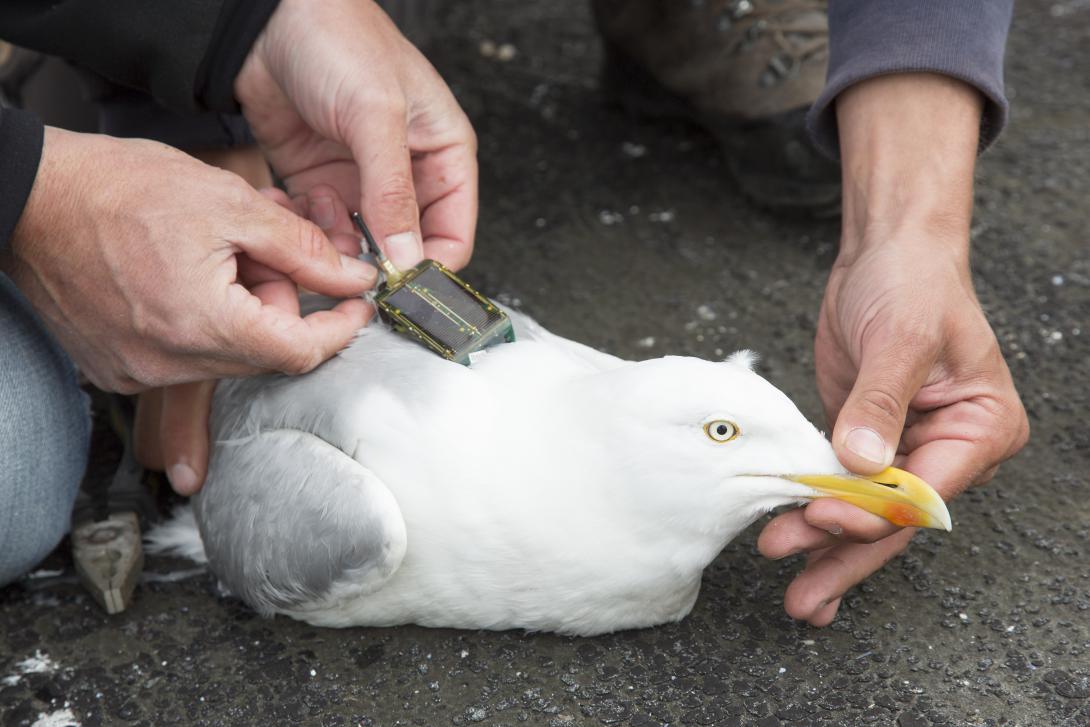
Animal tracking is a research discipline that is used by wildlife biologists and movement ecologists to study animal behaviour in the wild. Information on the spatial movements of species and individuals can be used to better understand the use of habitats for feeding, resting and nesting, but it also gives information about movement patterns, migration routes and possible migration barriers. On a broader scale, this information can be used to mitigate the challenges faced by land use change and climate change, the spread of invasive species, overharvesting and infectious diseases, and biodiversity loss.
In recent years, there have been technological innovations that were applicable for building light-weight sensors with improved communication technologies and small-sized batteries. This led to the application of tracking devices on a wide range of taxa. In LifeWatch, we use four different types of sensors that allow us to track three major groups of animals:
- GPS trackers for tracking large- to medium-sized birds
- Acoustic telemetry and archival tags for tracking fish and aquatic animals
Radio telemetry for tracking small birds and bats
Organisms of interest
GPS tracking of large- to medium-sized birds
We are tracking the movements of three different groups of birds in the LifeWatch bird tracking network: gulls, waders and birds of prey. The habitat use, nesting locations and postnuptial migration patterns of large gulls have been recorded since 2013. Three species of large gulls are present in our network: European herring gulls (Larus argentatus Pontoppidan, 1736), lesser black-backed gulls (Larus fuscus Linnaeus, 1758) and Mediterranean gulls (Ichthyaetus melanocephalus Temminck, 1820). Rodent-specialised birds of prey are another group of birds that is being monitored. Short-eared owls (Asio flammeus Pontoppidan, 1763), common buzzards (Buteo buteo Linnaeus, 1758), western marsh harriers (Circus aeruginosus Linnaeus, 1758), hen harriers (Circus cyaneus Linnaeus, 1766), and Montagu’s harriers (Circus pygargus Linnaeus, 1758) have been tagged. Two species of wading birds are included in the network: Eurasian oystercatchers (Haematopus ostralegus Linnaeus, 1758) and Eurasian curlews (Numenius arquata Linnaeus, 1758).
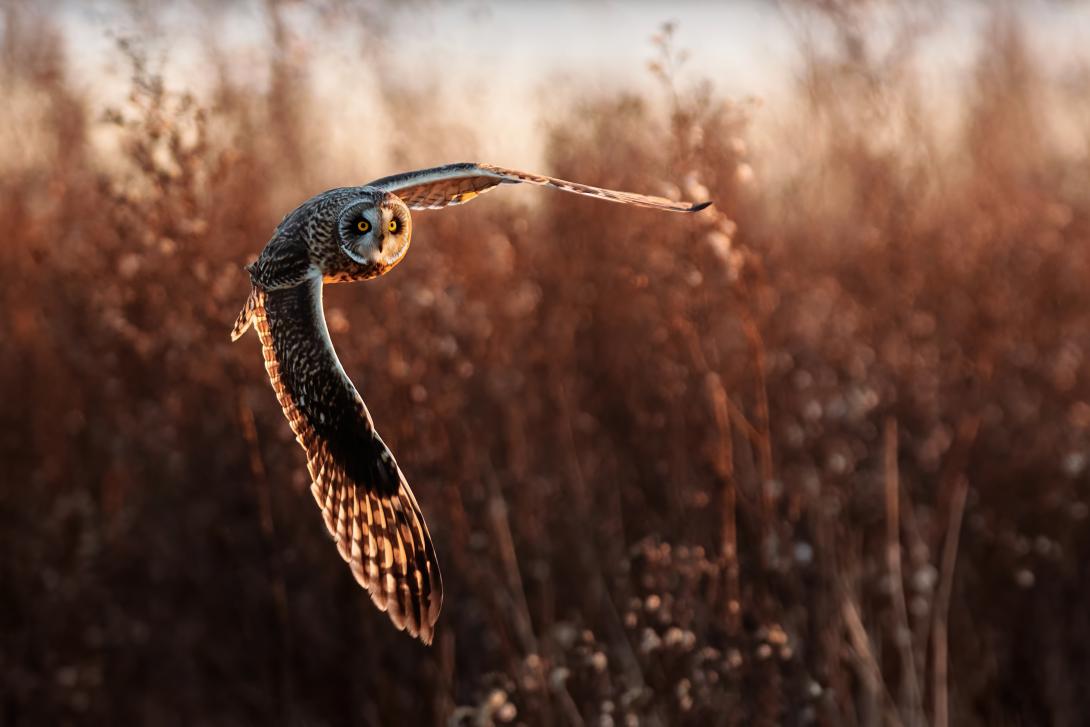
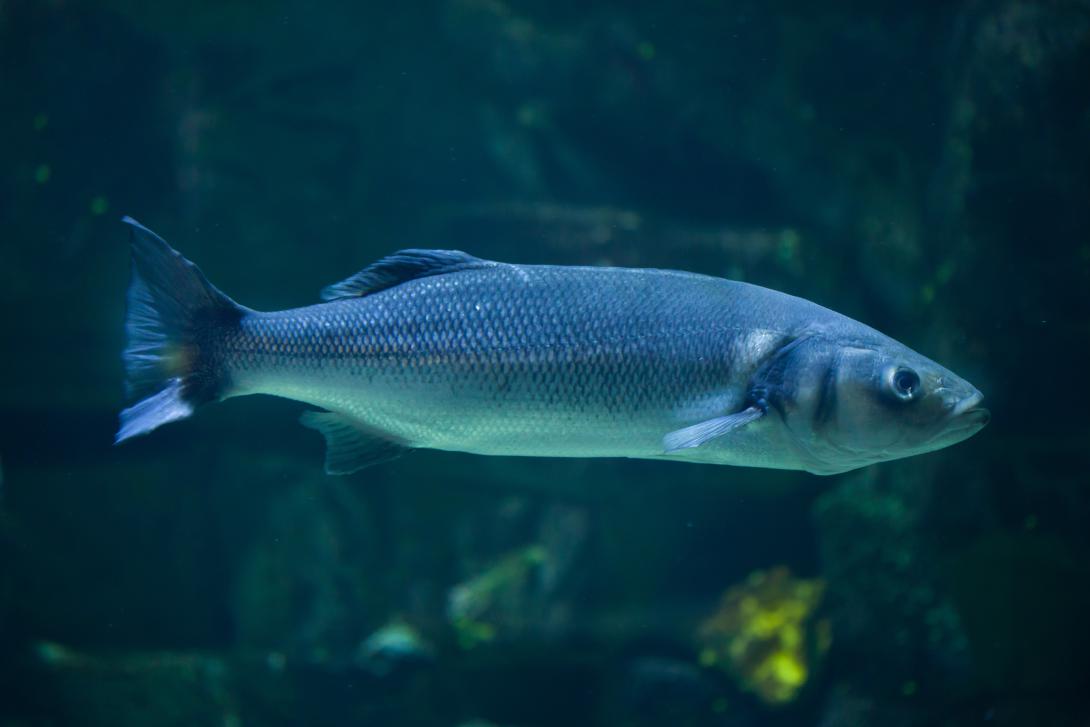
Acoustic telemetry and archival tags to track fish
A multitude of fish species from the marine and fresh water environment are currently being tracked within the LifeWatch fish tracking network. Which species are selected is largely dependent on the questions at stake. Some studies focus on gathering basic ecological knowledge on spatio-temporal distribution and habitat preferences of species (e.g. mackerel (Scomber scombrus Linnaeus, 1758) and twaith shad (Alosa fallax Lacepède 1803)) Others assess the impact of anthropogenic infrastructures that might influence species migration route (e.g. barriers impacting eel (Anguilla anguilla Linnaeus, 1758) or habitat selection (e.g offshore wind farms impacting Atlantic cod (Gadus morhua Linnaeus, 1758) or focus on management and conservation (e.g. European seabass (Dicentrarchus labrax Linnaeus, 1758) fisheries management) or influence of MPA on plaice (Pleuronectes platessa Linnaeus, 1758). Many more species are currently being tagged or a planned to be worked on, and this is always driven by the needs of the user community.
Infrastructure

GPS tracking
Two types of technologies are applied in our bird tracking network. The UvA-BiTS GPS tracking system consists of GPS tags with tri-axial accelerometers that are attached to birds and ground stations to retrieve the data on the GPS tags. Advancements in technology have led to the development of lightweight GPS tags with 3G GSM transmitters. This technology does not require the use of ground stations. Another advantage is that data are sent in (near-) real-time, which is particularly interesting during migration or when birds don’t return to the area where they were captured and tagged. From 2019 on, Ornitela’s OrniTrack transmitters are used in the LifeWatch bird tracking network. These transmitters directly upload data to a central server using the telecom network. Due to the advantages of these 3G GPS transmitters, the older UvA-BiTS GPS tracking system is being phased out.
Fish tracking
Two types of technologies are currently used in the fish tracking network.
Acoustic telemetry
It uses acoustic tags that transmit acoustic signals which can be detected by a network of receivers. Upon detection, the information (e.g unique ID code and eventual sensor data) emitted by the transmitter is stored on the receiver together with the exact timing of the event. We have a network of more than 100 receivers in the freshwater, estuarine and marine environments. Different brands are being used, but all listen to the Open Protocols, to ensure compatibility across brands (OPEN PROTOCOL | European Tracking Network for more info).
Archival tags
These tags do not emit signals, but log and store sensor measurements (e.g. temperature and pressure) at a predefined time interval in the tag memory. These tags must therefore be recovered or send their information through satellites to access the logged data. The resulting time series can provide fine-scale information on horizontal and vertical movement behaviour and environmental preferences and can be used to reconstruct migration trajectories with geolocation modelling. Archival tags often beach, hence, if you find a red object on a beach, please contact tags@vliz.be and get your reward!
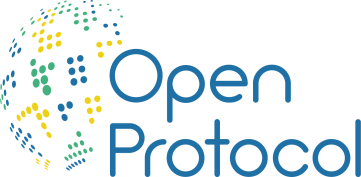
Related stories
Relevant news
-
A Taxon-Match tool for AlgaeBase, based on the WoRMS Taxon Match 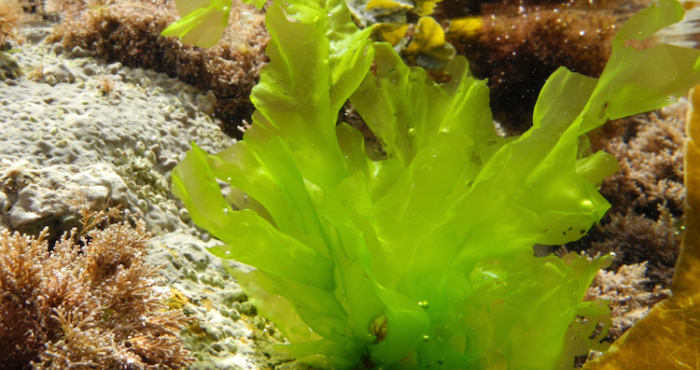
A Taxon-Match tool for AlgaeBase, based on the WoRMS Taxon Match
A taxon-match tool built on AlgaeBase is now available through the LifeWatch eLab, with the same functionalities as the WoRMS taxon-match tool. -
Tracking sharks in the North Sea for better protection and management 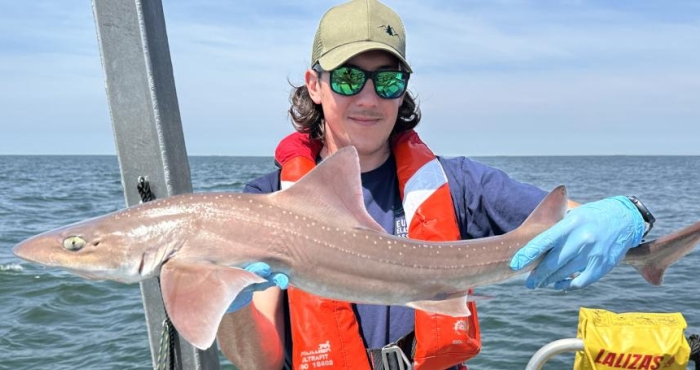
Tracking sharks in the North Sea for better protection and management
With support from LifeWatch Belgium and the European Tracking Network (ETN), researchers are tagging sharks in the Belgian part of the North Sea to uncover their movements and preferred habitats. Scientists from the Flanders Marine Institute (VLIZ) and the Research Institute for Agriculture, Fisheries and Food (ILVO) lead this work, using LifeWatch infrastructure to collect vital data that will help guide targeted protection and management. -
Fish Don’t Know Borders: Tracking Aquatic Life Across Europe 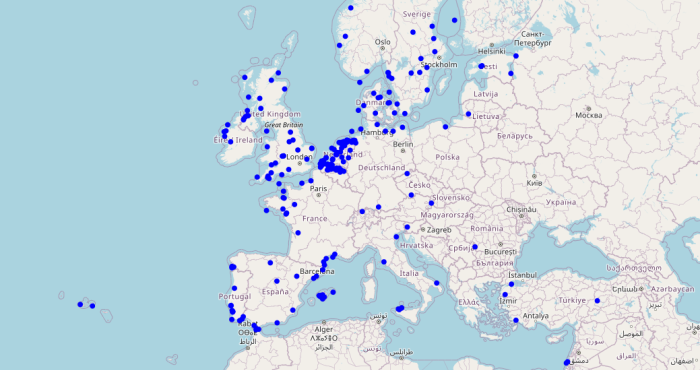
Fish Don’t Know Borders: Tracking Aquatic Life Across Europe
Through the European Tracking Network (ETN), LifeWatch Belgium connects researchers who track fish and other aquatic species across borders. Using a shared network of acoustic receivers, scientists follow animal movements from rivers to seas, revealing how aquatic life links ecosystems throughout Europe. -
From Europe to the Atlantic: new insights into eel migration 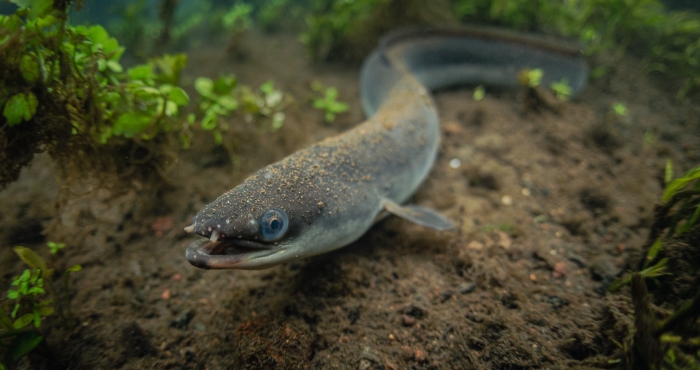
From Europe to the Atlantic: new insights into eel migration
European eels are legendary travelers, undertaking journeys of up to 9,000 km to spawn inthe Atlantic Ocean. A groundbreaking study led by LifeWatch researchers has broughttogether tracking data from more than 2,300 eels across 9 countries, revealing howgeography and river barriers shape the timing of this epic migration.






